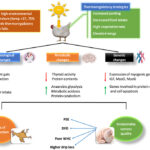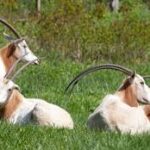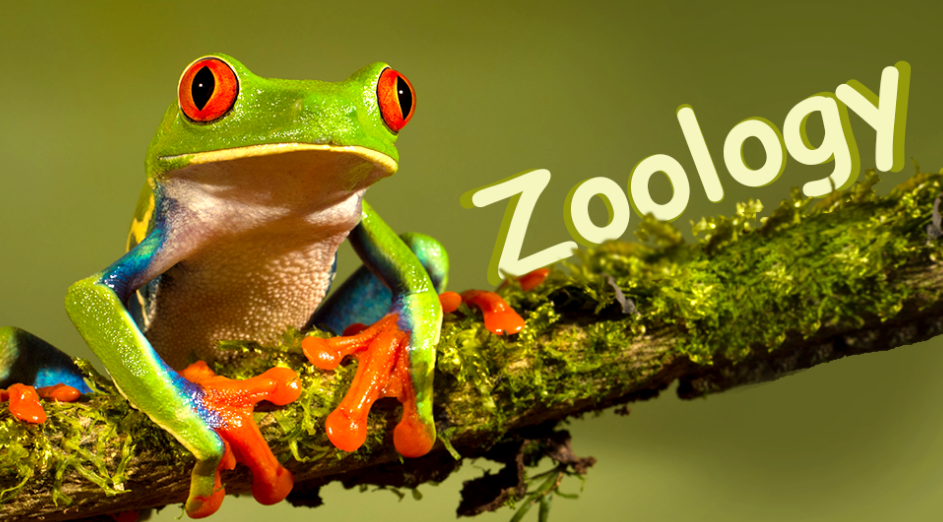In biology, a species is the basic unit of classification and biodiversity. It represents a group of individuals that: Share common characteristics, Can interbreed naturally, Produce fertile offspring, and Are reproductively isolated from other groups. However, defining a species is not always simple, especially in microorganisms, fossils, and asexually reproducing organisms.
Because of this complexity, several species concepts have been developed.
Major Species Concepts
1. Biological Species Concept (BSC): Proposed by Ernst Mayr (1942). A species is a group of actually or potentially interbreeding natural populations that are reproductively isolated from other such groups.
Focus: Ability to reproduce and produce fertile offspring.
Example: Horses and donkeys can mate but their offspring (mules) are sterile → thus horses and donkeys are different species.
Strength: Highlights reproductive isolation.
Limitation: Cannot be applied to asexual organisms or fossils.
2. Morphological Species Concept: Based on observable traits like shape, size, and structure. Species are groups of organisms that look similar to each other and are distinct from other groups.
Focus: Morphology (physical appearance).
Example: Different species of butterflies identified by wing patterns.
Strength: Useful for fossils and plants.
Limitation: Looks can be deceptive (some species look similar but are genetically different – cryptic species).
- Ecological Species Concept: Focuses on ecological niche — the role of an organism in its environment. A species is a set of organisms adapted to a particular set of resources and environment.
Example: Two species of frogs living in the same region but breeding in different habitats (pond vs. forest) are considered separate species.
Strength: Useful for species with clear ecological roles.
Limitation: Hard to apply when niches overlap.
4. Phylogenetic Species Concept: Based on evolutionary history (phylogeny).
A species is the smallest group of individuals sharing a common ancestor and having unique characteristics. Uses genetic data and DNA sequencing.
Example: Two populations may look alike but are considered different species if DNA shows significant divergence.
Strength: Very precise; works with living and extinct species.
Limitation: Requires complex genetic analysis.
Typological Species Concept: The typological concept of species is an older and more traditional way of defining species. It is based on the idea that species are defined by a set of essential, unchanging characteristics, and individuals within a species are assumed to share these characteristics. This concept was commonly used before the advent of modern evolutionary theory and genetics.
Criticism: This concept doesn’t account for natural variation within a species. Individuals can exhibit differences in size, color, or other traits without belonging to a different species.
Nominalistic Species Concept: The nominalistic concept, also known as the “taxonomic species concept,” defines species as arbitrary human constructs or categories used for classification and communication. According to this concept, species are defined by specific criteria set by taxonomists, such as morphological features, without assuming any underlying biological reality. It’s a more pragmatic approach to species identification and classification.
Criticism: This concept disregards the underlying biological relationships between organisms. It doesn’t explain why certain individuals tend to group together based on shared characteristics.
Biological Species Concept: Defines a species as a group of individuals capable of interbreeding and producing viable, fertile offspring. Morphological Species Concept: Defines a species based on shared physical characteristics.
Evolutionary Species Concept (Modern): The evolutionary concept of species is based on the idea that species are groups of organisms that share a common evolutionary history and are connected by a lineage of ancestors and descendants. This concept takes into account the genetic and evolutionary relationships among individuals within a species, emphasizing shared ancestry and genetic divergence as key criteria for defining species. This widely accepted concept defines a species as a group of populations that can interbreed and produce fertile offspring (reproductive isolation). It emphasizes that species are not static but evolve over time.
Strength: This concept aligns well with Darwin’s theory of evolution by natural selection. It explains how species can diverge from a common ancestor and become reproductively isolated.
Limitation: This concept can be difficult to apply in practice, especially for asexual organisms or fossils where breeding behavior cannot be observed.




